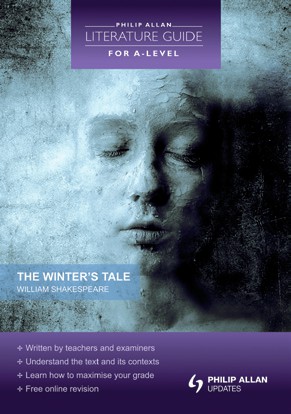
Assessment Objective 2 requires you to ‘demonstrate detailed critical understanding in analysing the ways in which form, structure and language shape meanings in texts’. All this is really asking you to do is write about how poetry, prose and drama texts are organised to convey their writers’ points of view effectively, but all too often students forget to analyse all three aspects of the AO — i.e. form and structure as well as language. To help you address this issue, this article looks at some profitable ways in which to explore the effects of a writer’s choice of a specific form with reference to some of the new Philip Allan Literature Guides on a variety of popular A-level exam texts.
The form of a text is its basic shape, type or design, such as a poem, novel or play. The related word genre can also be used to refer to a specific, identifiable text type or category, or equally it can mean a cluster of texts all about the same basic subject, such as romantic fiction. Logically, then, it follows from this that if the genre in question is teenage fiction, vampire romance is one of its subgenres.
Your organisation does not have access to this article.
Sign up today to give your students the edge they need to achieve their best grades with subject expertise
Subscribe




